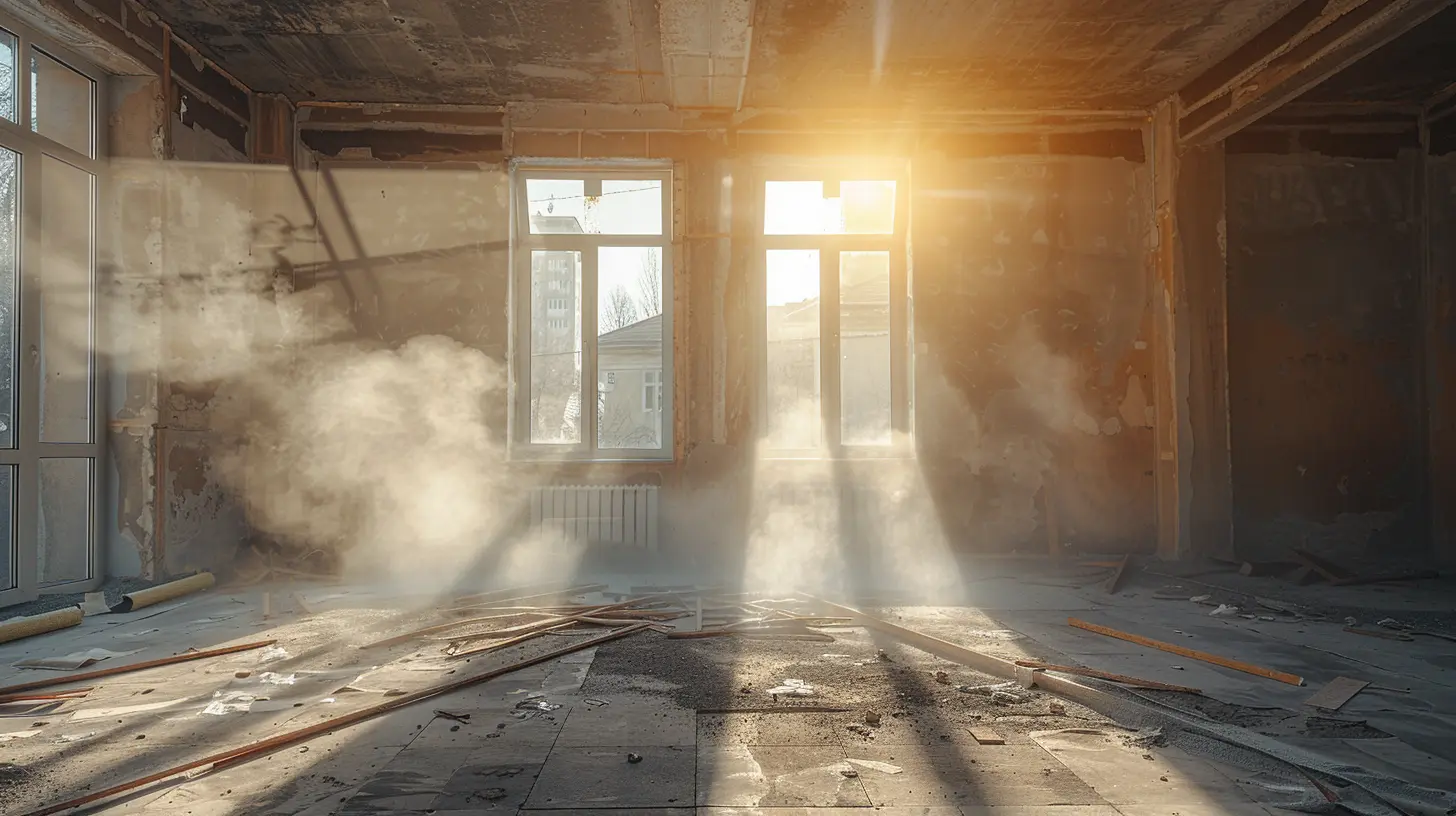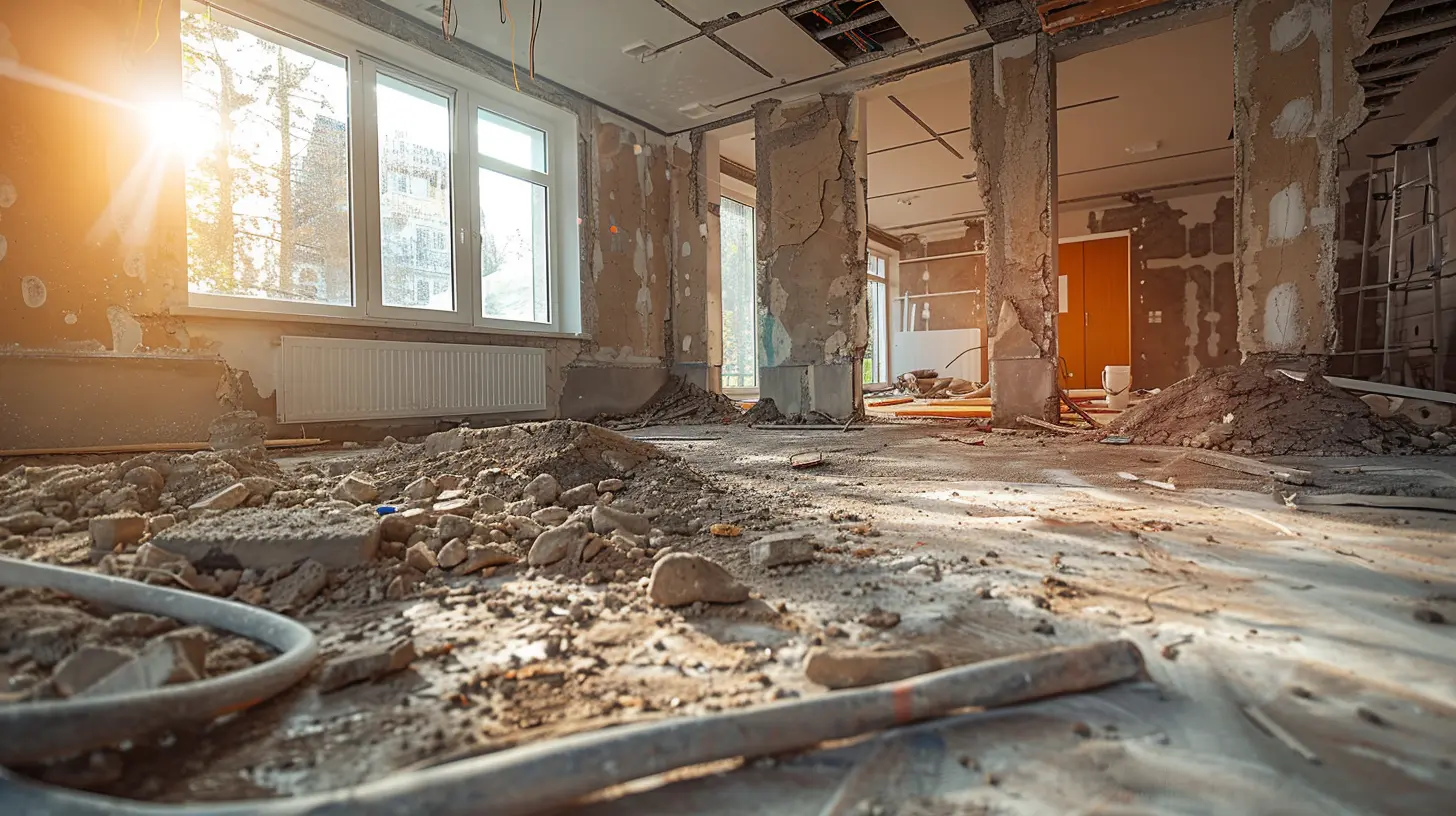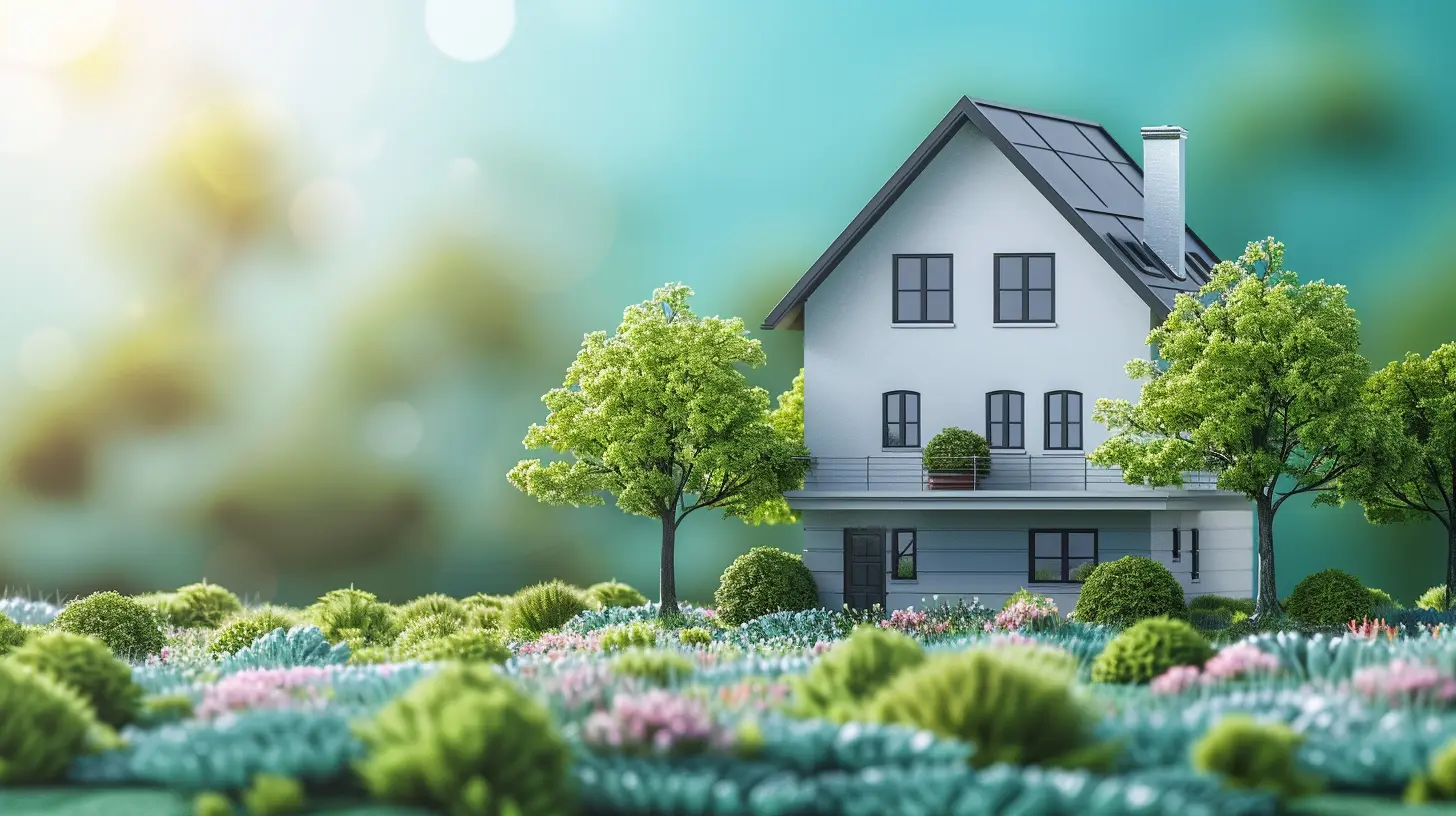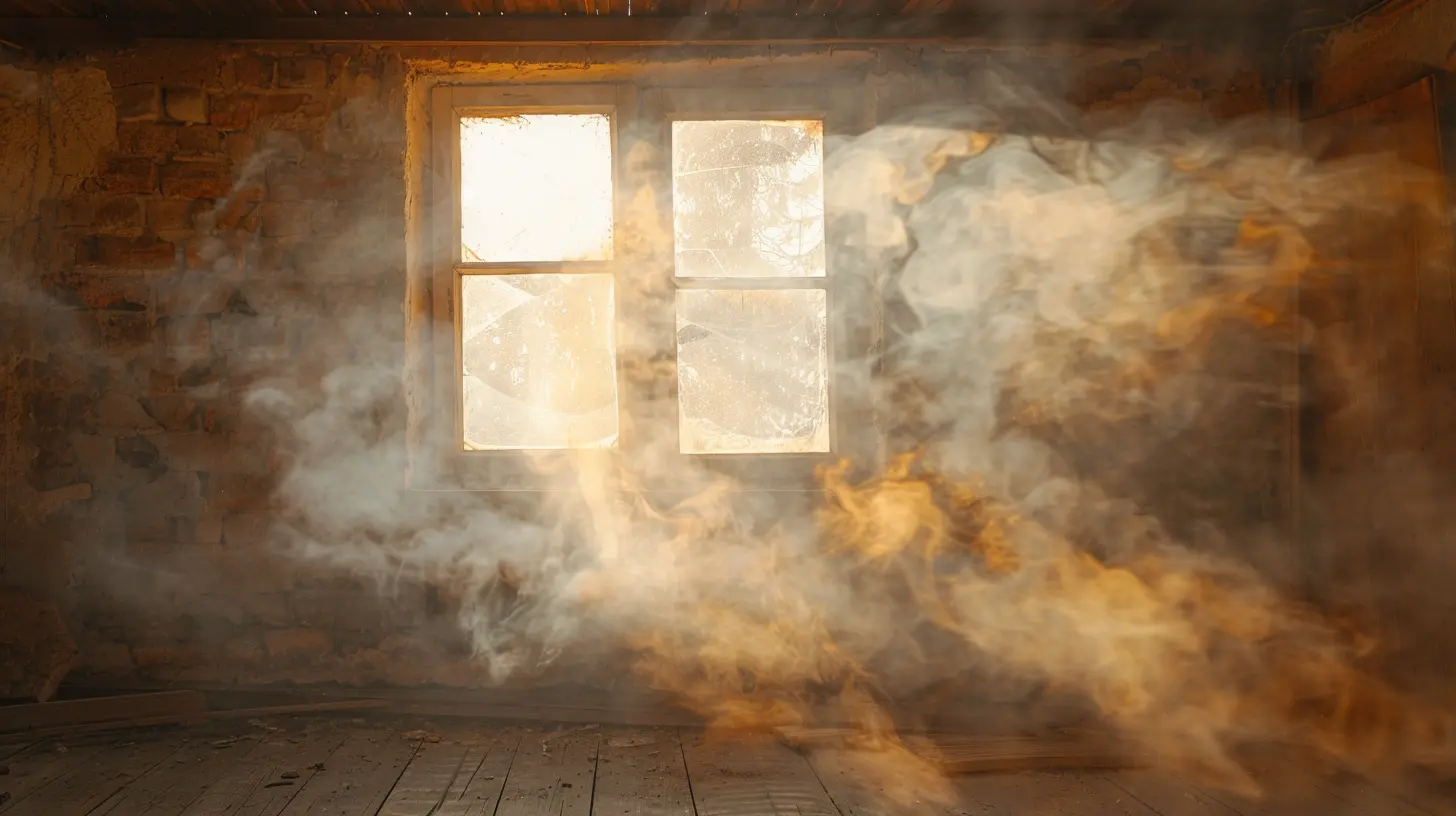How to Renovate Your Home for Better Air Quality
22 July 2025
Your home is your sanctuary, but if the air inside it is full of dust, mold, and toxins, it can feel more like a trap than a haven. Poor indoor air quality can lead to allergies, respiratory issues, and even long-term health problems. The good news? A well-thought-out home renovation can drastically improve the air you breathe.
If you're planning a renovation, why not make air quality a top priority? Let’s walk through the key changes you can make to ensure your home isn’t just beautiful—but also a breath of fresh air.

Why Indoor Air Quality Matters
Ever felt stuffy in your home, even when the windows are open? That’s a sign your indoor air quality needs help. Poor air quality can come from various sources, including:- Dust and pet dander
- Mold and mildew
- Chemical off-gassing from furniture and paint
- Poor ventilation trapping in pollutants
Breathing in these pollutants daily can lead to headaches, fatigue, allergies, and respiratory problems. When renovating, making air quality a priority isn’t just smart—it’s essential for your health. 
1. Choose Low-VOC Paints and Finishes
When you repaint your home or refinish furniture, you may notice a strong chemical smell. That odor comes from volatile organic compounds (VOCs)—harmful chemicals that can linger in the air for weeks.What to Do:
- Opt for low-VOC or zero-VOC paints and finishes.- Look for Greenguard-certified products, which have been tested for low chemical emissions.
- Avoid oil-based paints, as they often contain more harmful fumes than water-based alternatives.
Swapping out regular paints for low-VOC options means you won’t be inhaling harmful chemicals every time you enter a freshly renovated room. 
2. Upgrade to a High-Quality Air Filtration System
If you’re already tearing down walls or upgrading your HVAC system, take the opportunity to invest in a better air filtration system. Many homes still use outdated or inefficient filters that don’t effectively trap pollutants.What to Do:
- Install a HEPA (High-Efficiency Particulate Air) filter in your HVAC system. These filters trap 99.97% of airborne particles, including dust, pollen, and pet dander.- Consider adding a whole-house air purifier to your HVAC system for maximum filtration.
- Replace your air filters every 2-3 months (or more often if you have pets or allergies).
A high-quality filtration system acts like a protective shield, capturing pollutants before they enter your living space. 
3. Improve Ventilation with Better Windows and Exhaust Fans
Stagnant air is the enemy of good air quality. Without proper ventilation, allergens and pollutants stay trapped inside, making it impossible to breathe fresh, clean air.What to Do:
- Upgrade to energy-efficient windows that can be opened easily for natural ventilation.- Install bathroom and kitchen exhaust fans to remove moisture and pollutants.
- Use trickle vents on windows to allow fresh air to flow in while keeping out noise and dust.
Think of ventilation as your home’s lungs—without it, the air inside gets stale and heavy with contaminants.
4. Swap Out Carpeting for Hard Floors
Carpets feel cozy underfoot, but they’re also a magnet for dust, pet dander, and allergens. Every time you walk across a carpet, you stir up particles that can affect air quality.What to Do:
- Replace carpets with hardwood, tile, or laminate flooring, which don’t trap allergens.- If you must have carpet, choose low-pile options and vacuum frequently with a HEPA-filter vacuum.
- Use washable area rugs instead of wall-to-wall carpeting—they’re easier to clean and less likely to harbor allergens.
This one change can significantly cut down on the dust and allergens circulating in your home.
5. Remove Mold-Prone Materials
Mold thrives in damp environments, and once it starts growing, it can spread rapidly—causing respiratory issues and even structural damage. If you’re remodeling a bathroom, kitchen, or basement, take extra care to prevent mold from becoming an uninvited guest.What to Do:
- Use mold-resistant drywall (also called “green board”) in moisture-prone areas.- Choose mold-resistant insulation for basements and attics.
- Install a dehumidifier in damp rooms to keep humidity levels below 50%.
- Check for leaks and repair any damaged pipes or roofing before mold has a chance to grow.
A mold-free home isn’t just a dream—it’s totally achievable when you plan your renovation with prevention in mind.
6. Bring in Indoor Plants for Natural Air Purification
Mother Nature has provided us with a simple, beautiful way to combat indoor air pollution—houseplants. Some plants act as natural air purifiers, removing toxins while adding oxygen to the air.Best Plants for Air Quality:
- Snake Plant (Great for absorbing toxins)- Aloe Vera (Filters formaldehyde and benzene)
- Spider Plant (Perfect for reducing carbon monoxide)
- Peace Lily (Removes mold spores from the air)
While plants alone won’t solve severe air quality issues, they’re a fantastic way to supplement the other improvements you’re making. Plus, they look great in any space!
7. Use Non-Toxic Insulation
Traditional insulation can contain harmful chemicals that contribute to indoor air pollution. If you’re replacing or upgrading insulation, look for safer alternatives.What to Do:
- Choose formaldehyde-free insulation to avoid off-gassing of harmful fumes.- Opt for sheep’s wool, cork, or recycled denim insulation, which are eco-friendly and naturally non-toxic.
- Avoid spray foam insulation with isocyanates, which can irritate the lungs and skin.
Non-toxic insulation keeps your home warm without polluting the air you breathe.
8. Seal Gaps to Keep Outdoor Pollutants Out
Dust, pollen, and outdoor pollution can sneak into your home through tiny cracks and gaps. Sealing these gaps keeps those pollutants outside where they belong.What to Do:
- Use weather stripping on doors and windows to prevent drafts.- Seal cracks around baseboards and vents with caulk.
- Install door sweeps to block dust and allergens from creeping inside.
A well-sealed home not only improves energy efficiency but also keeps your indoor air cleaner.
9. Upgrade to an Eco-Friendly Cleaning Routine
Harsh cleaning products can release chemicals that linger in the air long after you’ve finished scrubbing. Switching to natural alternatives keeps your home clean without filling it with toxins.What to Do:
- Use vinegar, baking soda, and essential oils for an all-natural cleaning solution.- Avoid aerosol sprays, which can contribute to poor indoor air quality.
- Choose plant-based cleaning products with minimal added fragrances.
A clean home shouldn’t come at the cost of clean air.
Final Thoughts
Improving your home’s air quality through renovation isn’t just about comfort—it’s about creating a healthier environment for you and your family. With a few smart upgrades, like better ventilation, mold-resistant materials, and high-efficiency air filters, you can make your home a place where fresh air flows freely.Breathe easier, sleep better, and enjoy your newly renovated, air-purified paradise!
all images in this post were generated using AI tools
Category:
Home RenovationAuthor:

Camila King
Discussion
rate this article
1 comments
Emory Dorsey
Great tips! Fresh air really transforms a home—excited to try these ideas!
July 28, 2025 at 11:34 AM

Camila King
Thank you! I'm glad you found the tips helpful. Enjoy bringing fresh air into your home!


